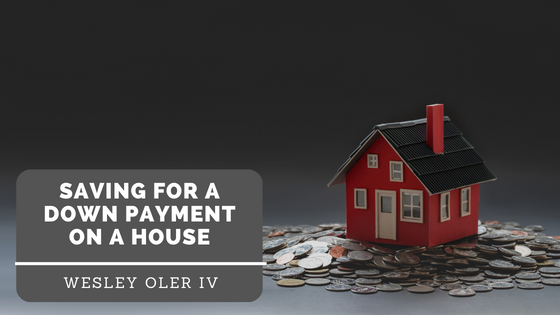One first-time homeowners’ most significant obstacle is saving for a down payment. However, it can be easier to reach your goal by breaking the process down into smaller, actionable steps.
- Figure The Amount
One of the most significant factors that first-time home buyers face is the down payment. It’s typically a more substantial percentage of the home’s price, and most lenders don’t require a 20 percent down payment. If you put down 20%, you can avoid paying private mortgage insurance. If you can maintain a good credit score and have manageable debts, you can get a loan with lower down payment requirements.
Conventional loans are typically the type of mortgage that’s most commonly used. These loans follow the guidelines set by Fannie Mae and Freddie Mac, which can make it harder to qualify for a traditional mortgage. With solid financials, you might get a loan with a down payment of around 3%. FHA loans require 3.5% down. Your credit score will determine the required down payment amount.
The Veterans Affairs Department provides loans with lower down payment requirements. These are available to current and former US service members and their eligible spouses. The US Department of Agriculture backs the USDA loans, and they don’t require down payments. These loans are typically available to borrowers in rural areas and have income limits.
- Money Tips
Whether it’s a small amount or a large amount, setting aside a down payment can help you achieve your financial goals. One of the easiest ways to automate setting aside money is by transferring your checks to a savings account. This will make the process easier and less stressful.
If you’re getting a bonus or raise or getting a refund, you can use the money to set aside a down payment instead of spending it. Having a little extra money can motivate you to reach your financial goals.
Rather than using a piggy bank, stashing spare change can be done through various online banking and savings apps. These allow users to round up their card purchases and deposit the change into a linked savings account. If you have a cash-back credit card, you can use it to set aside money for a down payment. To maximize your rewards, make as many purchases as possible on your card, and pay your bill monthly.
If you’re considering getting a new car, avoid the urge to buy it and save the monthly payments. If you’re still paying for your old vehicle, consider refinancing to lower your monthly payments. Also, compare rates with other drivers if you still need to update your car insurance policy.
- Keep It In A Separate Account
Even though you’re setting aside a lot of money to fund your down payment, you still have to consider how to use it. First, consider investing in it to generate a high return. But, investing in the stock market is only recommended if your goal is several years away from buying a home. In addition, a significant market decline can negatively affect your savings.
